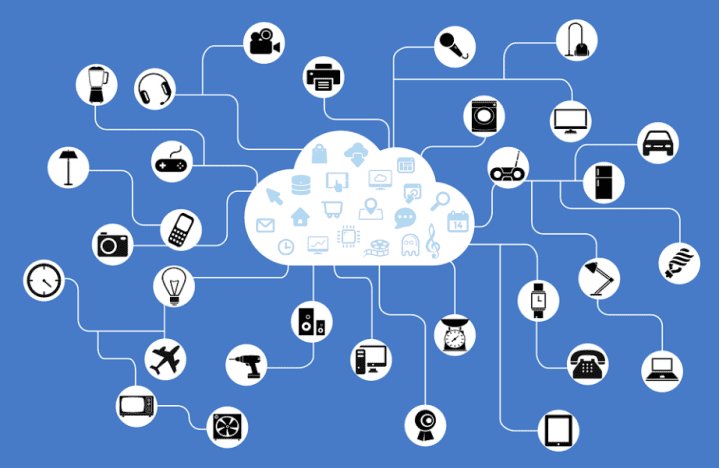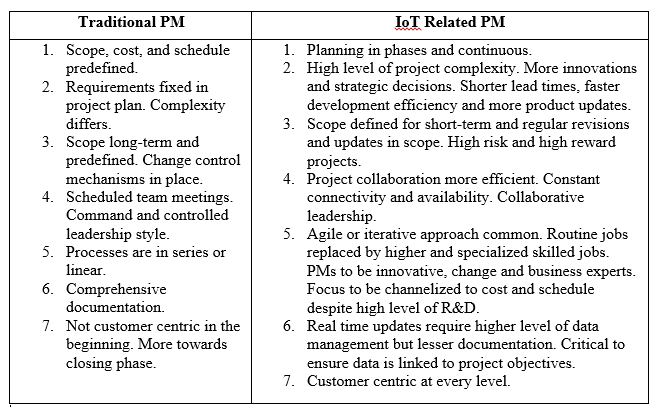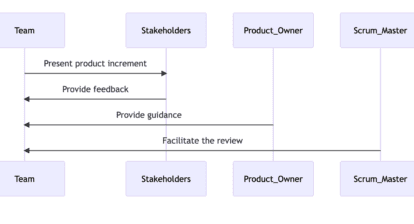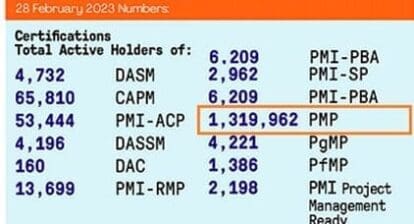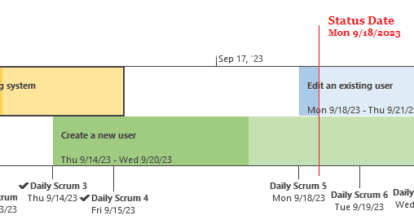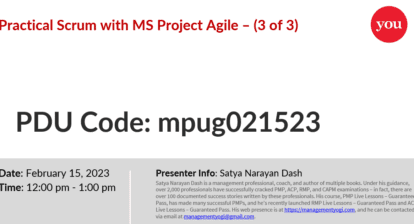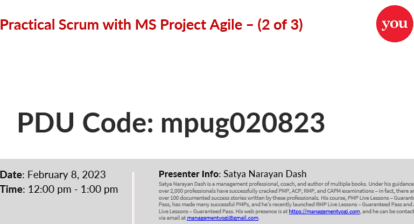Upcoming Movements in Project Management and How You Can Prepare

Have you found yourself wondering what project management opportunities are ahead and how you could be getting ready? We know most white collar jobs as they exist today are going to be radically reconfigured in the near future. Forecasting your upcoming career and getting ready for these changes will be key. Computerworld’s 2014 annual forecast survey showed that IT budgets are expected to increase with the top five priorities for spending being on the following:
- Security technologies
- Cloud computing
- Business analytics
- Application development
- Wireless/mobile
As you can see from this list, it’s becoming more essential that every IT worker have some project management and digital-age skills, so they can thoroughly understand the underlying technology they are responsible for building. The reverse will also be true —PMs will need to have strong IT knowledge and awareness of future technologies. Reshaping roles and skills in this digital-age is needed for PMs to thrive. We know this because these technologies will continue to evolve at a faster and faster pace. I see several stages of movement that will affect the direction and roles PMs should be following. Let’s look at each individually.
Agile Project Management
Agile had its early origins in the mid 1990’s. True be told, initially it had very little acceptance in the IT world, but, in the past decade, the acceptance of Agile in organizations has taken off exponentially. I’d like to think this has been because of the benefits of more user transparency, the ability for frequent inspections, and the flexible adaptation capabilities! With shorter lead times and faster software development productivity (along with greater flexibility/stability), PMs need to become familiar with Agile. You don’t have to be a PM to become an Agile Scrum Master (servant-leader or project facilitator), but if you are a PM with Agile experience it’s a real plus. For an Agile project to be successful, you need a team that really works well together.
Cloud computing and services are central to digital transformation. Challenges exist because existing business processes and traditional project management itself has posed a risk to successful adoption of the cloud, which many companies are moving to. Cloud projects are those that can be done in an eye blink and are not usually suited to waterfall or phased projects. Using the Agile methodology improves an organizations ability to roll out new cloud solutions and meet business needs. This rapid rollout reduces costs and increases flexibility because resources are freed up to address core business priorities and/or other projects. The whole methodology fosters a culture of innovative technological solutions and delivers better business benefits to internal and external customers.
Furthermore, as a PM, you should consider the certification offered by PMI to become an Agile Certified Practitioner (PMI-ACP). Since more and more companies are starting to use Agile for projects, you would be more useful and valuable if you added this certification to your background. Agile principles and the Internet of Things (next topic) are made for each other. The pairing of these two concepts for product development projects helps to reduce the delivery life cycle time and promote the continuous and rapid flow of value.
Internet of Things (IoT)
The management consulting company, Mckinsey defines the Internet of Things (IoT) as follows: In what’s called IoT, sensors and actuators embedded in physical objects – from roadways to pacemakers – are linked through wired and wireless networks, often using the same Internet Protocol (IP) that connects the Internet. The sensors enable the monitoring of devices everywhere and collect a myriad of data that can be analyzed. The data is then used to understand complexities of the world, and as a result improve efficiency in all areas of life – at home and work.
Examples of these “smart cities” are connected cars, smart homes, wearables (e.g., Apple watches), and different ways of measuring and analyzing big cloud data by streaming data from sensors or data-in-motion. The heart of IoT resides in the source of the data, which are the sensors. These smart devices generate data activities, happenings, and influencing dynamics that provide visibility into performance and support decision processes used by a variety of major industries (i.e., manufacturing, electric utilities, transportation, automobiles, and many retailers). OK, let’s not forget Amazon, which optimizes its operations with IoT. In short, having machines connected means you are informed to make better and faster decisions.
A good example of an IoT application is SMARTank’s monitors that are designed for liquid level measurement in stationary tanks that can contain diesel, lube, home heat, propane, or gasoline. The architecture is completely wireless and the monitors “call-in” via cell phone signal several times a day. This helps with inventory planning (you know exactly when your tank levels are low and need to be replenished). The customer benefits from this by strengthening their business and mission outcomes, and it drives operational effectiveness.
PMs of the future will play a major role in the implementation of IoT. Knowing the importance of accurate data and measurement, successful PMs should really become the first backers for IoT. PMs should have the skills to integrate IoT into existing systems and in setting up its handling big data. It’s important that organizations and PMs are willing to adopt new methods for using IoT to explore new business opportunities.
IoT is in its early stages, but is already seen as a powerful idea—one that’s considered much bigger than its hype. IoT and other technologies (e.g., artificial intelligence or AI) are helping companies transform processes and business models, empower workforce efficiency and innovation, and personalize the customer/employee experience. All of us that use the internet are interacting with AI. For example, Amazon uses AI to guess what else we might want to buy. Don’t underestimate how much this is stimulating millions of impulse buys.
According to the Boston Consulting Group (BCG), spending on IoT applications is predicted to generate $64 billion dollars by 2020 and Gartner, Inc. predicts that the IoT will be made up of 26 billion smart “units” by then. Furthermore, manufacturing, transportation and logistics, and utilities are expected to account for 50% of IoT spending by 2020.
There is no question that IoT is becoming a critical part of business strategies going forward! PMs need to consider this and reshape any traditional approaches they are still hanging on to to be relevant in a changing ecosystem. A comparison between the traditional approach to project management and IoT related project management is summarized in Table 1.1 and is based on seven common factors – planning, complexity, scope, collaboration, project approach, documentation, and customer focus.
Large companies like General Electric, Microsoft, IBM, and Cisco are all making major IoT contributions. According to Crunchbase, a database of start-up companies, there are almost 4,000 active IoT companies around the world. Herein lies much opportunity for PMs. For example, telecom PMs with expertise in cellular/wireless networks, utilities PMs with expertise in improving reliability, and performance PMs that have experience in using IoT sensors and data resources to identify waste delays in your logistics process will all become more and more invaluable.
A Focus on Project Processes
The majority of small to medium businesses (SMB) are 10 – 20 years behind the times when it comes to technology. With their outdated business systems, these companies would benefit from bringing in a project process consultant (PPC).
In Part 2 we pick back up with a case study illustrating the importance of a PPC. Please tell us in the comments what you are doing to prepare for the future of Project Management.



